Table of Contents
The term “Cytoplasm” was first coined by the Swiss botanist and microbiologist Julius von Sachs in the mid-19th century. Sachs introduced the term in his research and writings on plant cells, where he described the substance within the cell that is outside the nucleus and observed it as a distinct component. His work contributed significantly to the early understanding of cell biology and the organization of cellular structures.
What is Cytoplasm?
Cytoplasm is a jelly-like substance that fills the interior of the cell, enclosed by the cell membrane. It plays a crucial role in various cellular processes, including supporting organelles, facilitating chemical reactions, and serving as a medium for intracellular transport. The cytoplasm is primarily composed of water, ions, and organic molecules, including proteins, proteins, carbohydrates, and lipids. These components contribute to its semi-fluid consistency.
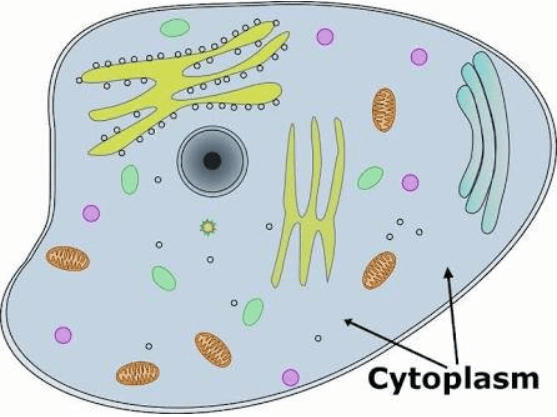
Within the cytoplasm, various organelles are found, such as the nucleus, mitochondria, endoplasmic reticulum, Golgi apparatus, and more. These organelles perform specific functions crucial to the cell’s survival and function. The cytoplasm allows the movement of organelles and substances within the cell. This movement, known as cytoplasmic streaming or cytoplasmic circulation, aids in the distribution of nutrients, molecules, and organelles.
Components of the Cytoplasm
The cytoplasm is a complex mixture of various components namely: Cytosol, Organelles, Cytoskeleton, Inclusion, Ribosomes, Molecular Complexes, Solutes, & Vesicles and Granules; that collectively support the functioning of a cell. The composition of the cytoplasm can vary among different cell types and may change in response to the cell’s specific functions and environmental conditions. All the components work together to maintain the cell’s structure, carry out metabolic processes, and support cellular functions.
| Components of the Cytoplasm | |
| Components | Description |
| Cytosol | Cytosol is a liquid or gel-like matrix, containing water and molecules. |
| Organelles | Organelles are membrane-bound structures with specific functions. |
| Cytoskeleton | Cytoskeleton protein filaments and tubules for structure and transport. |
| Inclusion | Inclusions are non-membrane-bound structures, e.g., glycogen, and lipids. |
| Ribosomes | Ribosomes are involved in protein synthesis. |
| Molecular Complexes | Molecular complexes are protein and RNA complexes for various processes. |
| Solutes | Ions, metabolites, and enzymes for metabolism. |
| Vesicles and Granules | Vesicles and granules are membrane-bound structures for transport and storage. |
- Cytosol: Cytosol, also known as cytoplasmic matrix, is the liquid or gel-like portion of the cytoplasm. It mainly consists of water, ions, and dissolved molecules. Cytosol serves as a medium for many biochemical reactions and the suspension of organelles.
- Organelles: Cytoplasm contains various membrane-bound organelles, such as the nucleus, mitochondria, endoplasmic reticulum, Golgi apparatus, and more. These organelles have specific functions and are involved in various cellular processes.
- Cytoskeleton: The cytoskeleton is a network of protein filaments and tubules that provides structural support to the cell and facilitates intracellular transport. It includes three main components: Microfilaments (actin filaments), microfilaments, and intermediate filaments.
- Inclusion: These are non-membrane-bound structures or aggregates found in the cytoplasm. They can vary between different cell types and may include glycogen granules, lipid droplets, pigment granules, and more. Inclusions can serve as storage or metabolic structures.
- Ribosomes: While ribosomes are often associated with the endoplasmic reticulum, some ribosomes float freely in the cytoplasm. These ribosomes are involved in protein synthesis.
- Molecular Complexes: Various molecular complexes and assemblies, such as protein complexes and RNA-protein complexes, are present in the cytoplasm. They play crucial roles in processes like gene expression and signal transduction.
- Solutes: The cytoplasm contains a wide range of solutes, including ions (e.g., glucose, ATP), and enzymes necessary for cellular metabolism and homeostasis.
- Vesicles and Granules: Small membrane-bound vesicles and granules can be found in the cytoplasm. They are involved in intracellular transport, storage, and secretion of various substances.
Functions of Cytoplasm
The cytoplasm is a dynamic and multifunctional part of a eukaryotic cell, and it plays several crucial roles in cell function and survival. The composition and functions can vary between different cell types and can adapt to the cell’s specific needs and environmental conditions.
- Support and Structure: Cytoplasm maintains the cell’s shape and provides structural support, helping the cell resist mechanical stress.
- Intracellular Transport: It serves as a medium for the movement of organelles, vesicles, and molecules within the cell. This movement, known as cytoplasmic circulation, aids in the distribution of nutrients, proteins, and other essential substances.
- Chemical Reactions: Many metabolic reactions occur in the cytoplasm. For example, glycolysis, the initial step of cellular respiration, takes place in the cytoplasm. It’s also the site of various biosynthesis processes.
- Storage: Cytoplasm may contain inclusions like glycogen granules, lipid droplets, and pigment granules, which serve as storage sites for energy, lipids, and pigments.
- Detoxification: Cytoplasm contains enzymes, including those in peroxisomes, which play a role in detoxifying harmful substances within the cell.
- Immune Response: Some immune-related processes, such as the detection and degradation of foreign particles, can take place in the cytoplasm.
As we know both Cytoplasm and Protoplasm are essential components of cells, playing crucial roles in maintaining cell structures and functions. They provide the physical and chemical environment necessary for life processes, making them fundamental components of all living organisms. For more details, you can also refer to the article on the difference between cytoplasm and protoplasm.
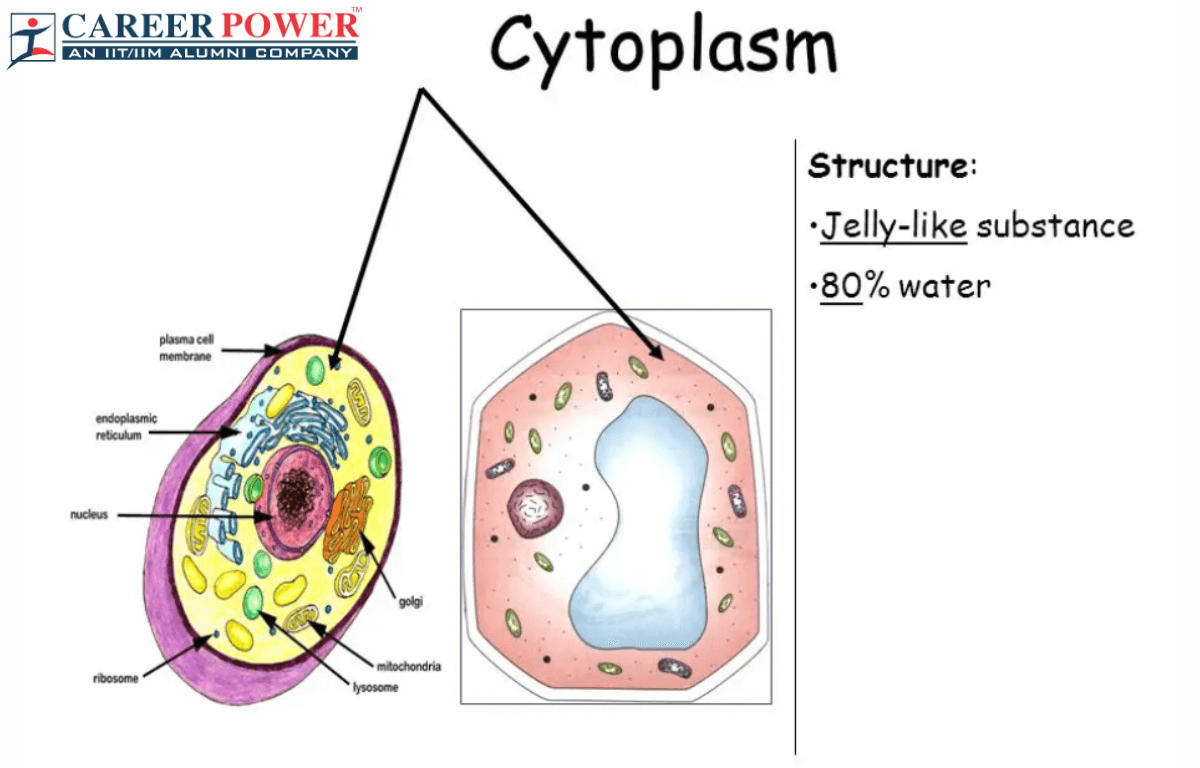
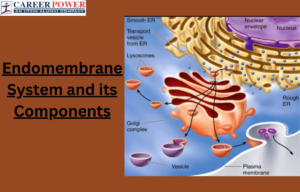 Endomembrane System - All the Organelle ...
Endomembrane System - All the Organelle ...
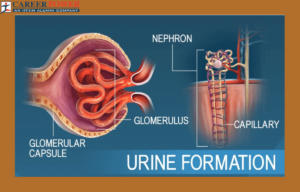 Urine Formation, Function of Tubules, Os...
Urine Formation, Function of Tubules, Os...
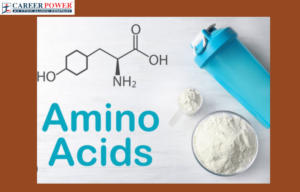 Amino Acids - List, Properties, Function...
Amino Acids - List, Properties, Function...
